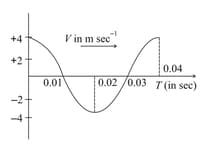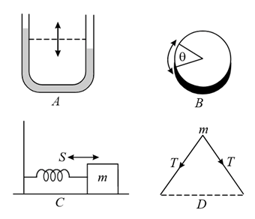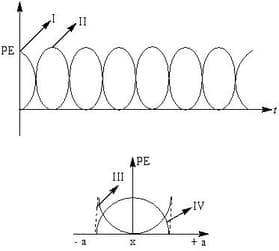EASY
Agniveer Vayu
IMPORTANT
Earn 100
The velocity-time diagram of a harmonic oscillator is shown in the adjoining figure. The frequency of oscillation is:


(a)
(b)
(c)
(d)
25.93% studentsanswered this correctly

Important Questions on Oscillations
EASY
Agniveer Vayu
IMPORTANT
EASY
Agniveer Vayu
IMPORTANT
EASY
Agniveer Vayu
IMPORTANT
The time period of an oscillating body executing SHM is and its amplitude is . The maximum velocity of particle is:
EASY
Agniveer Vayu
IMPORTANT

EASY
Agniveer Vayu
IMPORTANT
EASY
Agniveer Vayu
IMPORTANT
The acceleration of a particle moving along -axis is given by . It is released from . Here, and are in SI units. The motion of particle will be:
EASY
Agniveer Vayu
IMPORTANT
MEDIUM
Agniveer Vayu
IMPORTANT

